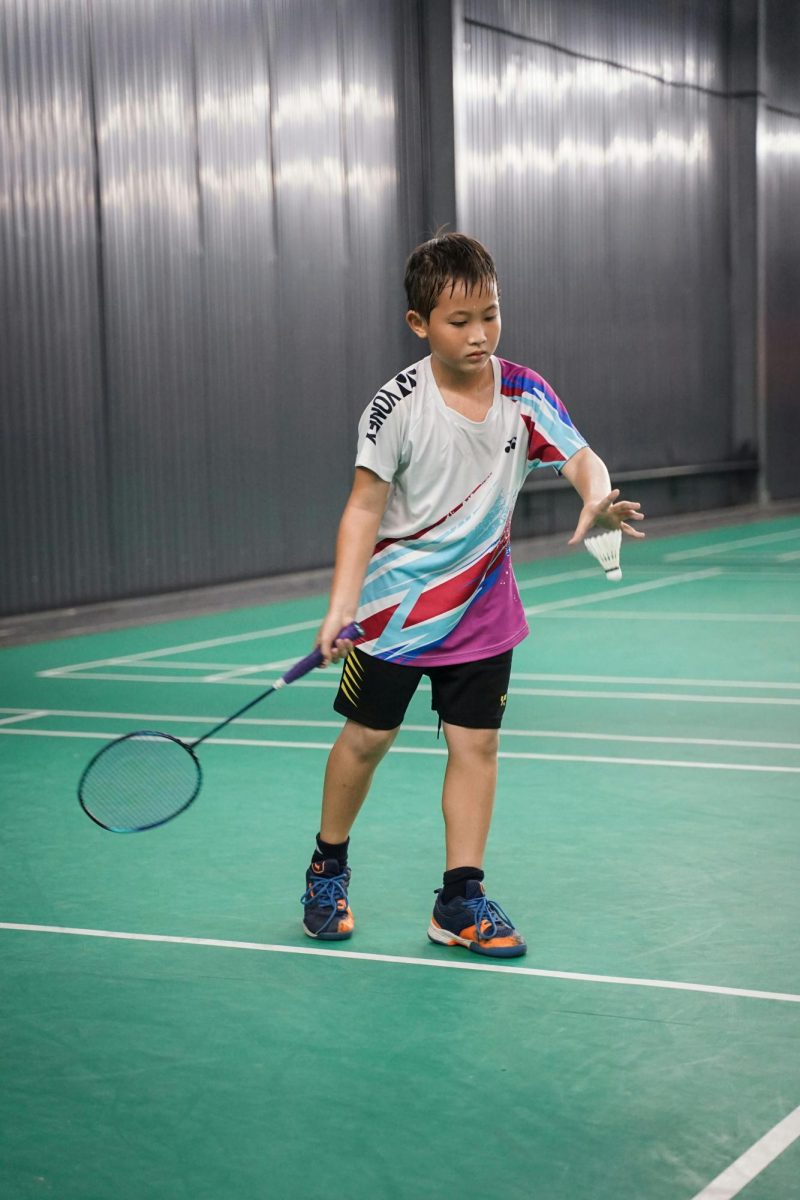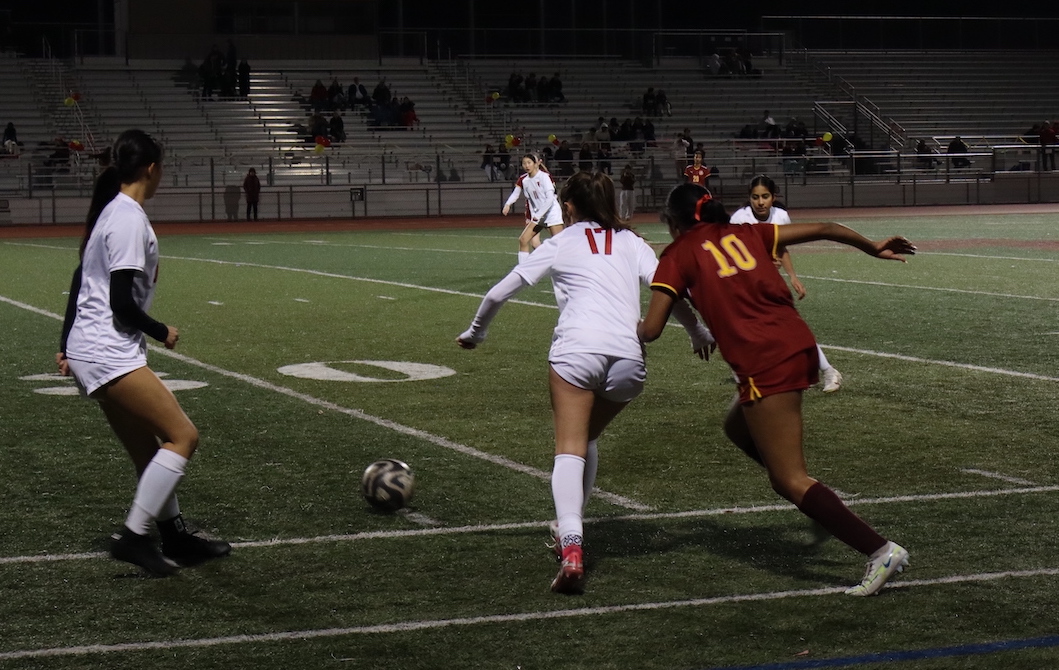Because high school sports are generally centered around varsity teams and players, students tend to overlook the junior varsity counterparts. This trend discredits the hard work of half of Cupertino High School’s athletes and junior varsity teams in general, despite the fact that they serve an equally important role in high school athletics. How does the overlooking of JV teams impact athletes at Cupertino High School?
Attention on junior varsity is considerably lower than varsity events when comparing their respective event attendances. Take one of the most popular sports at Cupertino High School, football, for example. While spectators of the junior varsity games consist of a few friends and parents of the players, the stands at varsity games are filled with students, parents, teachers and alumni alike.
The Associated Student Body athletics commission is the main promoter of school athletic games on CHS’s campus. When they do promote games, the commission includes times for both varsity and junior varsity games. So if promotion for both types of games is generally the same, why do less people go to junior varsity games?
“Historically, because JV is at a lower level than varsity, there’s obviously going to be less people that want to come [out to the games], and I don’t think that’s something that’s going to change super easily,” Cupertino ASB athletics commissioner Akash Rao said.
The disparity in game attendance can be attributed to the culture of high school sports, in which varsity games are prioritized and junior varsity games are treated as an afterthought. Similarly, junior varsity game results and standings are less popular and talked about around school than varsity. This treatment has caused athletes to feel overlooked.
Said girls varsity volleyball player Annabel Liu when describing the experience of her first two years on junior varsity, “I was a little annoyed with the fact that [even when] we performed really well […] we didn’t get anything out of it […] because I was like, ‘Oh, we worked hard in the season too.’”
In her fourth year of playing high school girls volleyball, current varsity captain Liu credits her two years on junior varsity as being a crucial part in her growth as an athlete and a leader.
“In JV, you have more opportunities to grow with less of [the] consequences you face when making a mistake. So overall, it’s just a more productive environment to be in if you’re truly trying to grow from a sport,” Liu said.
One way junior varsity teams help athletes grow is by refining individual technical skills, strengthening their grip on the game. Additionally, they prepare young athletes, who are already familiar with the sport, for a higher level of play.
“The purpose of the JV team, for me, is very simple. It’s a preparation for you to start knowing the varsity [level]. At the JV level, you get opportunities [to grow],” junior varsity boys soccer coach Edward Salazar said.
Junior varsity teams can also serve as a ground for nurturing athletes beyond their technical athletic abilities. Individuals can improve leadership and social qualities. Without the pressures of varsity- level competition, which focuses on individualism, players are able to form connections with their teammates. Years of playing on the same team also creates a sense of familiarity, which adds to the team’s cohesion.
Said Liu, “The fact that you’re able to grow with a bunch of other people for so many years, it’s very meaningful and, essentially, you’re building a family.”
For sports that typically are not played before high school, junior varsity teams can serve as a helpful tool in introducing students to a new sport. Students are able to explore new sports in a friendly environment without an unhealthy amount of pressure surrounding competition.
Said Rao, “You’re playing against people of similar skill levels to you. Everyone there’s new. You’re building yourself up. They’re building themselves up. So having that competition with people that won’t totally overpower you, but aren’t also super weak, it’s helpful.”










